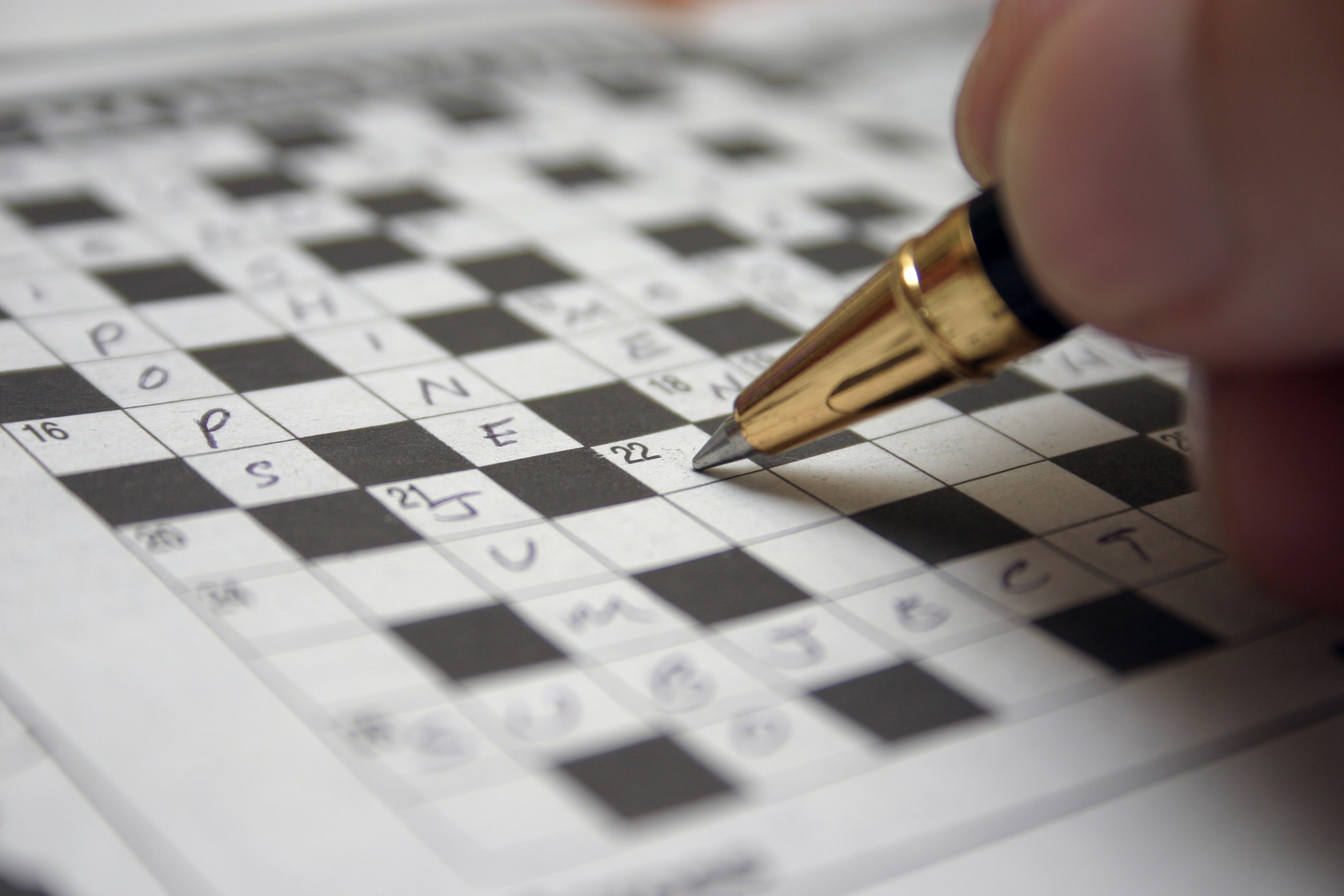Peru: A Journey in Time at the British Museum – what the reviews say
This is not a large show, but the exhibits – some on loan from Peru – are ‘exceptional’
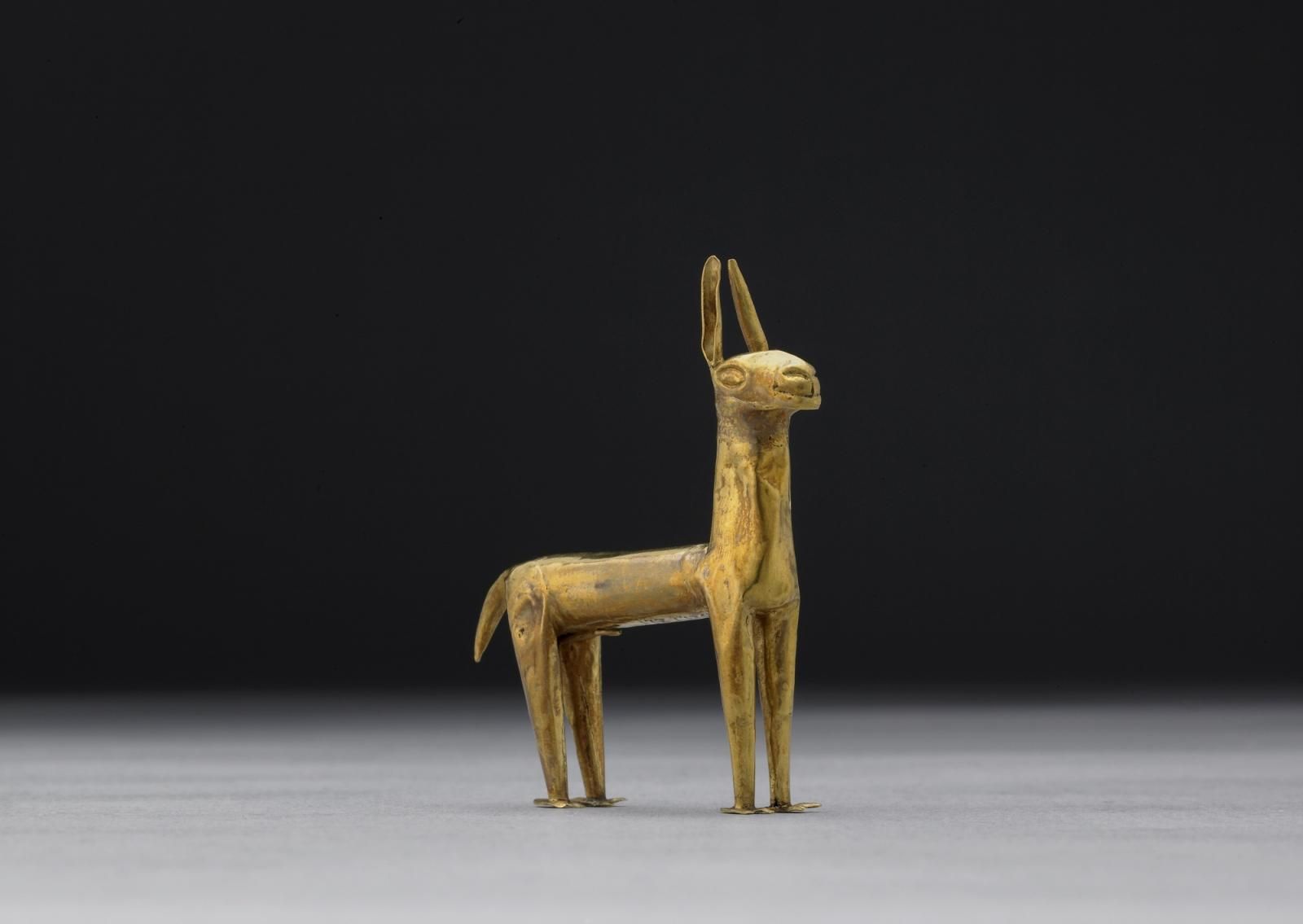
This exhibition follows “the paths of the Andean peoples across the centuries”, beginning in around 1500BC, said Rachel Campbell-Johnston in The Times. Peru encompasses some of the most varied and inhospitable geography on the planet, including some of its “highest”, “driest”, “wettest and harshest territories”.
Nevertheless, it has been a haven of civilisation for millennia. Well before the arrival of the conquistadors and the Inca empire they toppled, it was home to a number of ancient cultures who went to extraordinary lengths to cultivate its land, and developed their own, unique “visual and musical traditions”.
This “landmark” exhibition charts the story of this remarkable land, covering 3,000 years of Pre-Columbian civilisation up to the Spanish invasion of the 16th century, and providing a “vibrant” picture of this culturally fecund corner of South America. It brings together around 120 exhibits, from copper funerary masks and woven textiles to carved wooden canoe paddles, from “ceremonial drums” to “a ritual cape with a jaguar-tooth grin”.
The Week
Escape your echo chamber. Get the facts behind the news, plus analysis from multiple perspectives.

Sign up for The Week's Free Newsletters
From our morning news briefing to a weekly Good News Newsletter, get the best of The Week delivered directly to your inbox.
From our morning news briefing to a weekly Good News Newsletter, get the best of The Week delivered directly to your inbox.
The cultures of ancient Peru produced some of the most breathtaking and mysterious art ever realised, said Jonathan Jones in The Guardian. The Nasca civilisation, which flourished in the southern deserts of Peru from around 100BC to AD800, famously created “giant earth drawings” up to 1.3 miles wide, between the Andes and the Pacific.

Here, we see a video of one such masterwork depicting “a stylised hummingbird with thin elongated shafts representing feathers”, alongside which hangs a 2,000-year-old textile embroidered with similar designs. One possible inspiration for such works is shown on a Nasca vase depicting a masked shaman going into a trance; beside him is a San Pedro cactus, the “hallucinogenic flesh” of which he has consumed to induce his altered state.
Even more impressive are the artefacts of the greatest pre-Columbian civilisation, the Incas, who conquered much of the region in the early 15th century. A film about the city of Machu Picchu “dwells on astounding details of its architecture and engineering”.
The Incas also revolutionised agriculture, terracing part of the Andes in order to “grow maize at ever-higher altitudes”; and they “refined the art of human sacrifice”. Clothes buried with sacrificed children are on show here.
A free daily email with the biggest news stories of the day – and the best features from TheWeek.com

The arrival of the Spanish in 1532 devastated the Inca civilisation, “leading to huge loss of life through conflict and disease”, said Hettie Judah in The i Paper. Yet while the colonisers did their best to suppress indigenous cultures, they never entirely eradicated them. Videos show how modern Peruvians continue to draw on pre-Columbian traditions, whether in boat-building or potato and maize cultivation.
This is not a large show, but the exhibits – some from the museum’s collection, some on loan from Peru – are “exceptional”. We see a “tiny” golden llama; Moche ceramics shaped to resemble “bound prisoners awaiting sacrifice”; a “huge” Nasca drum painted with images of “combat, ritual and mythology”; and a flute “formed like a human body, with note holes in navel, nostrils and eyes”, made by the Cupisnique people of the northern Pacific coast between 1500 and 500BC. These are just a few highlights of a genuinely illuminating exhibition.
British Museum, London WC1 (britishmuseum.org). Until 20 February
-
 ‘Capitalism: A Global History’ by Sven Beckert and ‘American Canto’ by Olivia Nuzzi
‘Capitalism: A Global History’ by Sven Beckert and ‘American Canto’ by Olivia NuzziFeature A consummate history of capitalism and a memoir from the journalist who fell in love with RFK Jr.
-
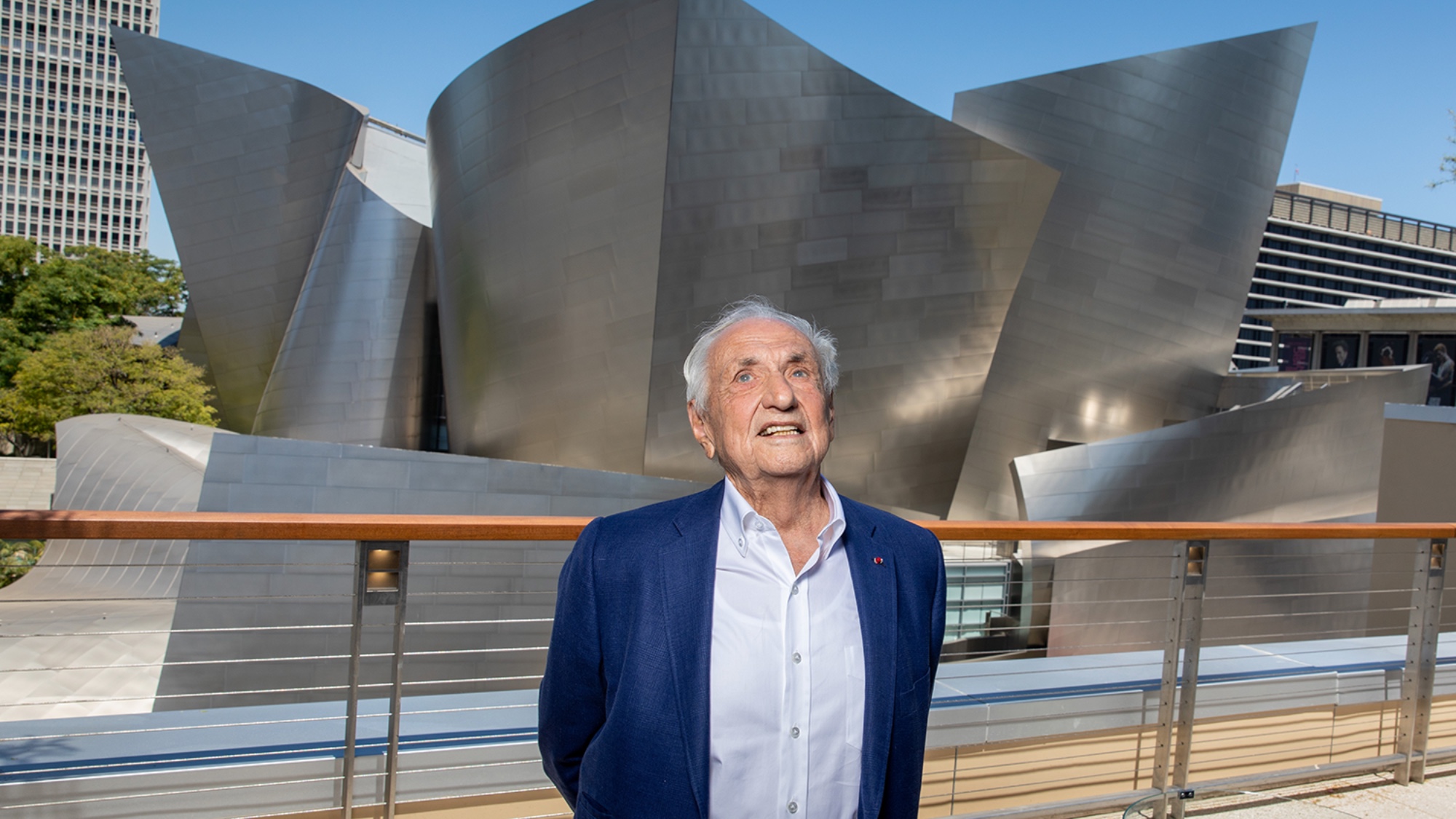 Frank Gehry: the architect who made buildings flow like water
Frank Gehry: the architect who made buildings flow like waterFeature The revered building master died at the age of 96
-
 6 lovely barn homes
6 lovely barn homesFeature Featuring a New Jersey homestead on 63 acres and California property with a silo watchtower
-
 Film reviews: ‘Marty Supreme’ and ‘Is This Thing On?’
Film reviews: ‘Marty Supreme’ and ‘Is This Thing On?’Feature A born grifter chases his table tennis dreams and a dad turns to stand-up to fight off heartbreak
-
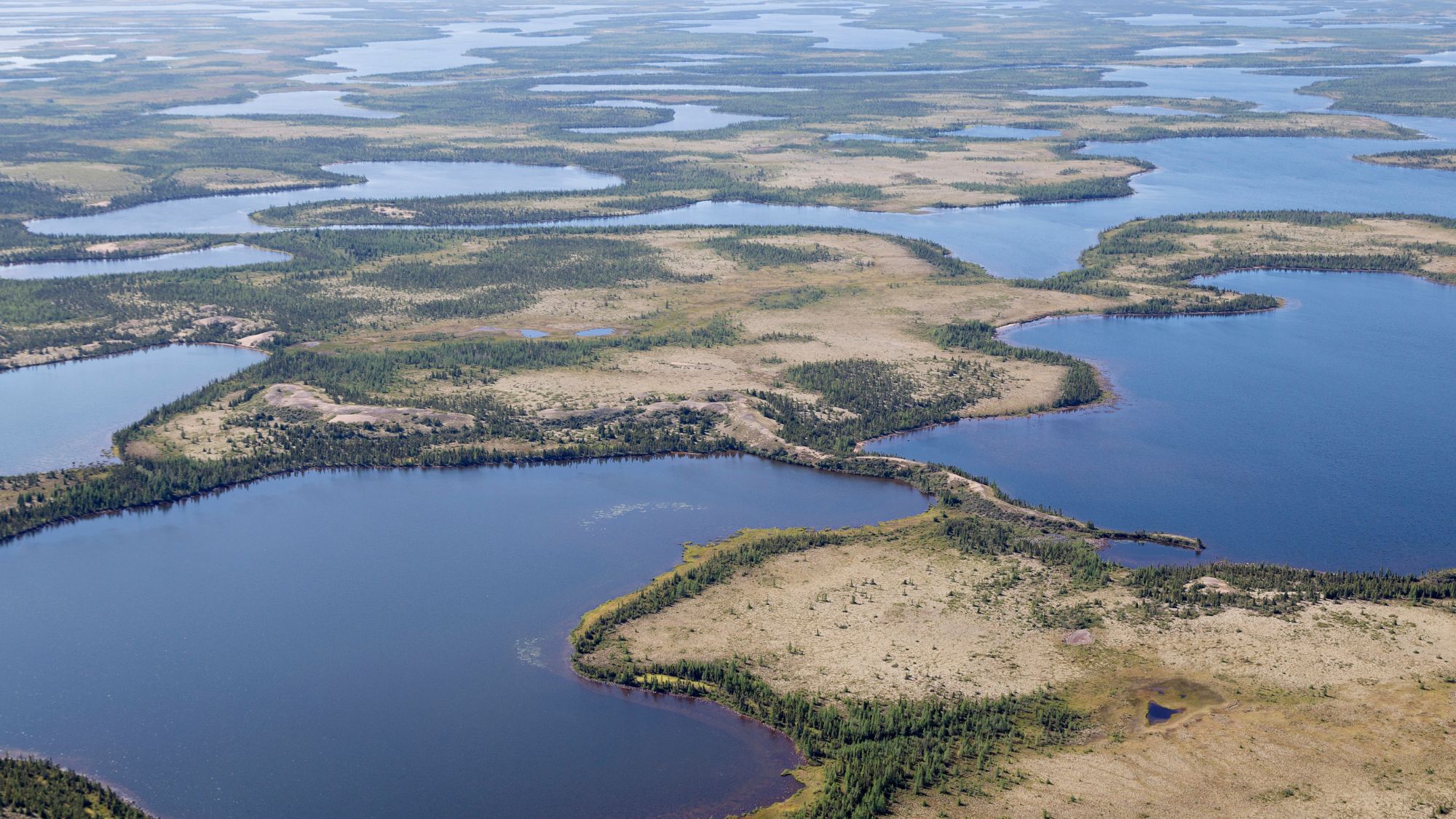 Heavenly spectacle in the wilds of Canada
Heavenly spectacle in the wilds of CanadaThe Week Recommends ‘Mind-bending’ outpost for spotting animals – and the northern lights
-
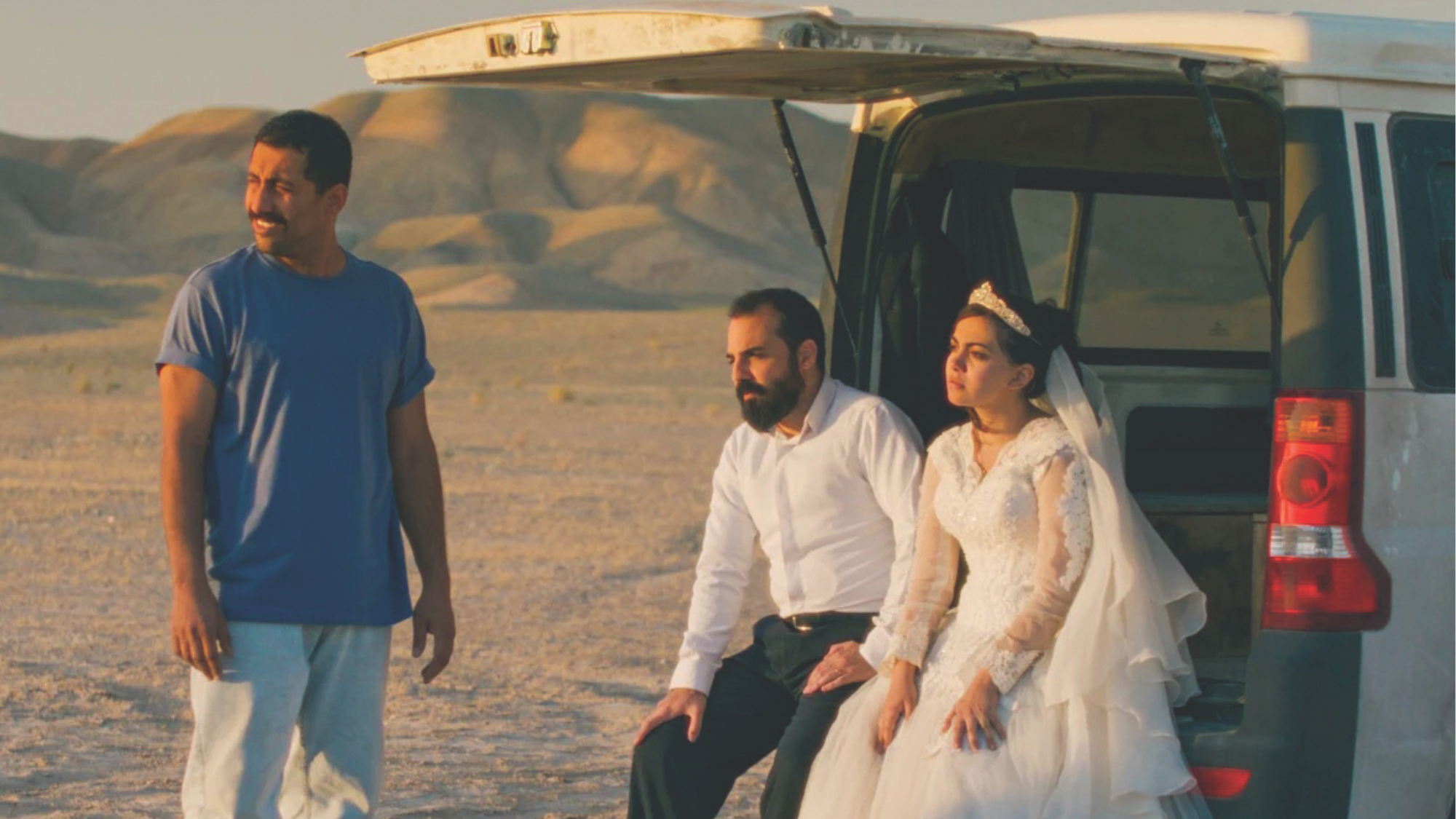 It Was Just an Accident: a ‘striking’ attack on the Iranian regime
It Was Just an Accident: a ‘striking’ attack on the Iranian regimeThe Week Recommends Jafar Panahi’s furious Palme d’Or-winning revenge thriller was made in secret
-
 Singin’ in the Rain: fun Christmas show is ‘pure bottled sunshine’
Singin’ in the Rain: fun Christmas show is ‘pure bottled sunshine’The Week Recommends Raz Shaw’s take on the classic musical is ‘gloriously cheering’
-
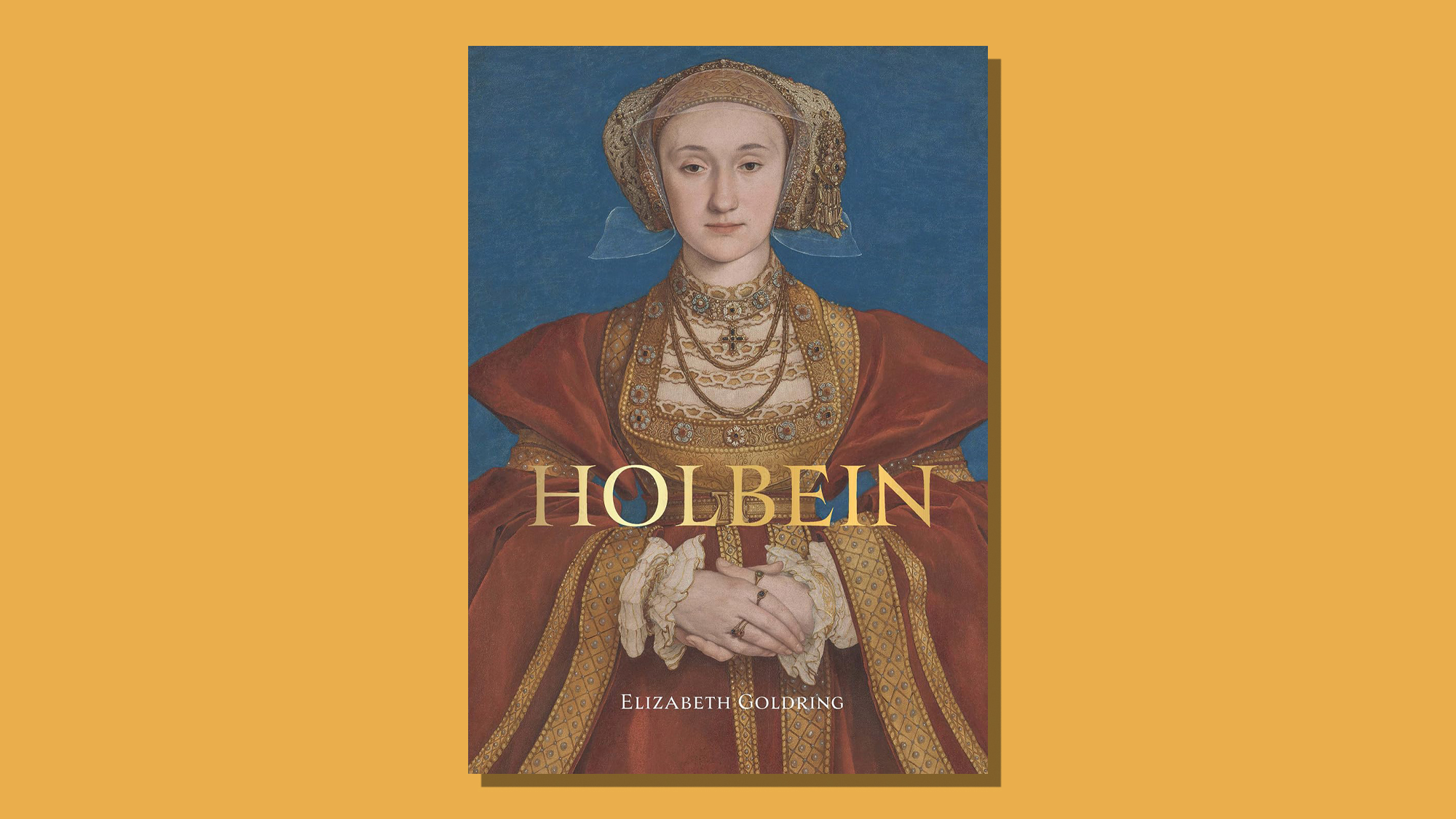 Holbein: ‘a superb and groundbreaking biography’
Holbein: ‘a superb and groundbreaking biography’The Week Recommends Elizabeth Goldring’s ‘definitive account’ brings the German artist ‘vividly to life’

